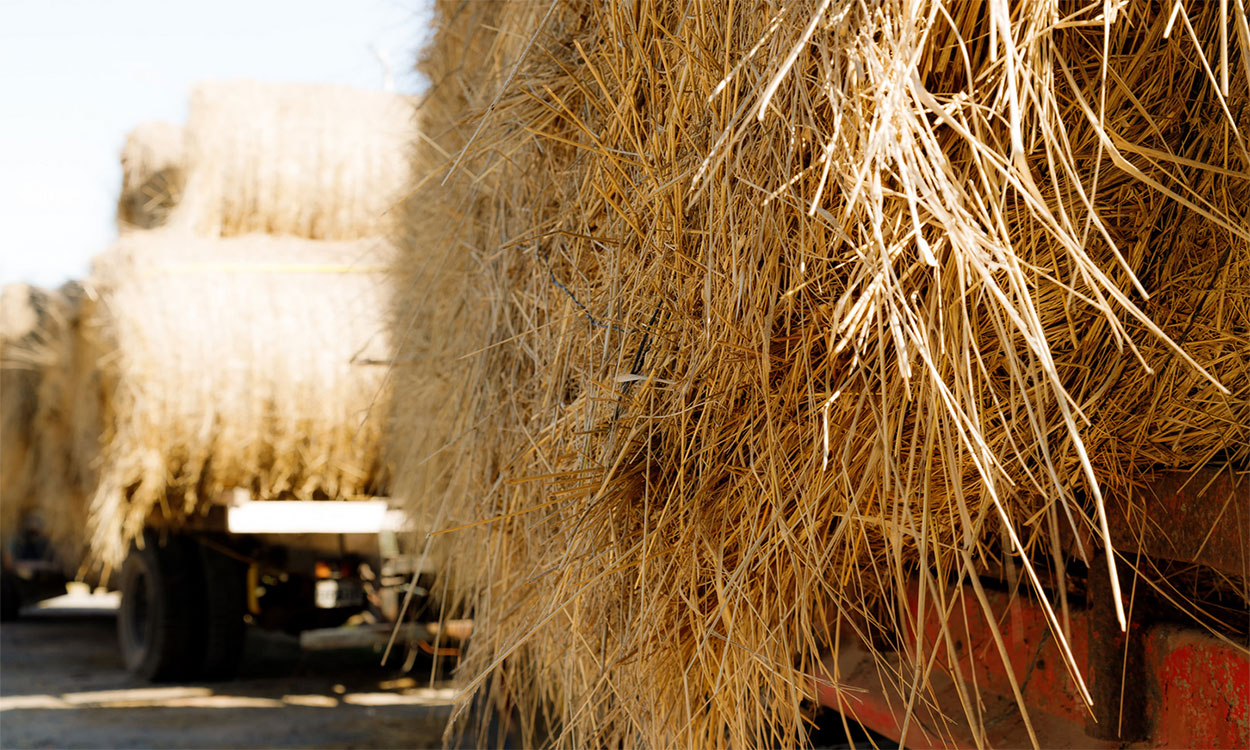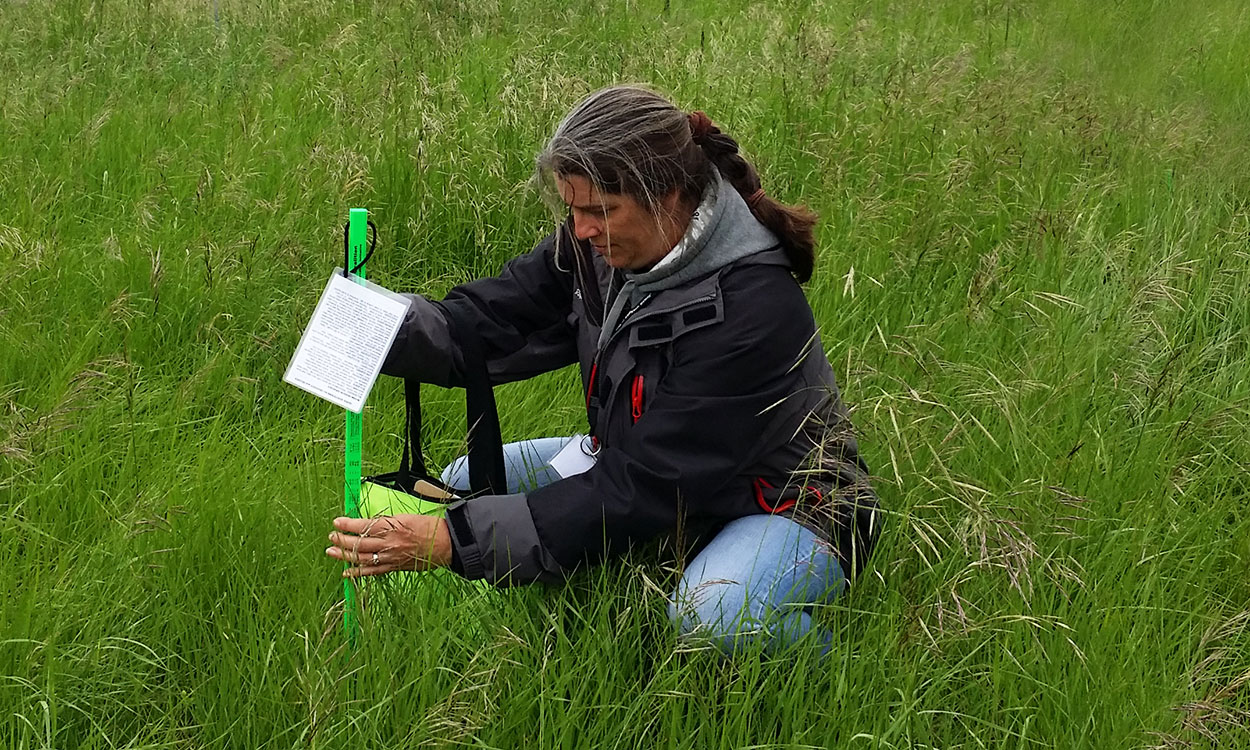Search

Small Aphid Populations Observed in Wheat
This week we received the first report of aphids in wheat for the 2021 season. The populations won’t be increasing rapidly until the daily temperatures warm up, but it is still a good idea to scout fields and determine if aphids are present.

Alfalfa Weevil Activity Prediction Update: May 20, 2021
This week we accumulated degree days for alfalfa weevils at a rapid rate. As a result, we observed many areas of the state potentially move through more than one larval life stage.

Common Stalk Borer Activity Estimate: May 20, 2021
Warmer weather is finally here. Although we have accumulated quite a few degree days for common stalk borers, nowhere in the state has reached accumulation levels for common stalk borer caterpillar movement into corn fields.

Cabbage White Butterflies Are Here!
Keep an eye out for cabbage white butterflies in your garden. These butterflies lay eggs on the underside of the vegetable leaves. Once the eggs hatch, their caterpillars feed on cabbage, broccoli, Brussel sprouts, cauliflower, kale, turnips and radishes.

Haul the Feed or the Cows
Reduction in pasture forage availability may require producers to decide between hauling feed or hauling cows. Learn how to decide which option is best for your operation.

Seedcorn Maggot Degree Day Activity Estimates: May 20, 2021
Seedcorn maggots can be an early-season pest of corn and soybean in South Dakota, typically affecting crops that are emerging or have recently emerged. Seedcorn maggots can cause direct loss by destroying planted seeds.

Fire as a Management Tool
When planned for and implemented appropriately fire is a tool that can have tremendous benefits to your grassland community.

Fall Is the Time To Plan for Fire
Fall is the time to begin planning for spring prescribed fire. This article examines the three primary components to a successful burn: burn unit preparation, burn planning and burn implementation.

Rangeland Insects Are Critical Indicators of System Health
Insects, in general, may offer more indication of rangeland health than any other type of organism. They serve as key building blocks that other organisms depend on.

Using the ‘Grazing Stick’ To Assess Pasture Forage
Assessing pasture forage is a key step in planning grazing strategies. A grazing stick is a tool that uses simple math and measurements to determine herd size, stocking rates and available grazing days. We will address how to use a grazing stick in this article.